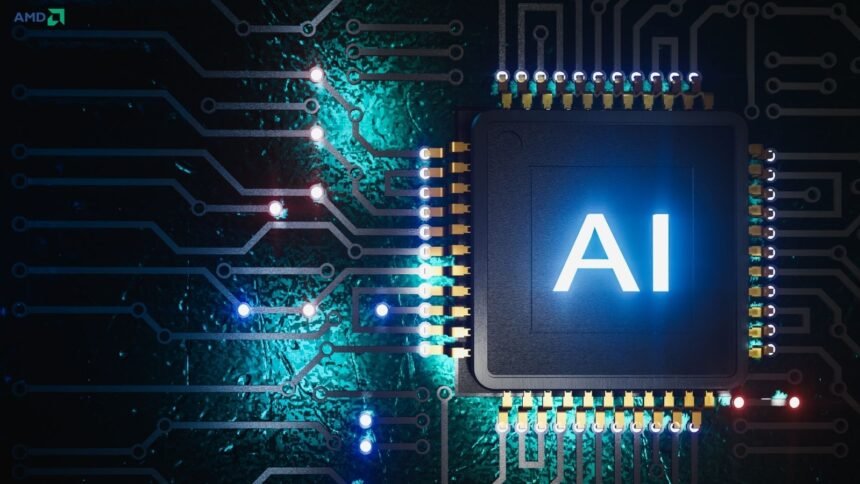Advanced Micro Devices rallied as much as 27% Monday after unveiling a far reaching partnership to supply chips that will power OpenAI’s next wave of artificial intelligence infrastructure.
The jump put AMD back near record territory and underscored how quickly leadership in AI hardware can shift as hyperscalers lock in long term capacity.
AMD said OpenAI plans to deploy up to 6GW of compute using its Instinct accelerators, beginning with 1GW in the second half of 2026.
The roadmap centers on the forthcoming MI450 generation and later products, which AMD has positioned as its answer to Nvidia’s most advanced data center GPUs.
The buildout scale, if realized, would mark one of the largest single commitments yet to non-Nvidia silicon for AI training and inference.
OpenAI received a warrant to purchase up to 160 million AMD shares at an exercise price of 1 cent, with vesting tied to deployment milestones that start at the initial 1GW phase and scale through the 6GW target.
Vesting is also conditioned on AMD meeting share price hurdles. AMD disclosed the warrant terms in a Form 8-K filed with the Securities and Exchange Commission.
If OpenAI hits the required milestones and exercises the warrant in full, its stake would approach roughly 10% of AMD’s current share count.
This structure rewards execution on both sides, but it also introduces future dilution if the full allocation vests. For now, the market’s verdict suggests investors view the trade-off as acceptable given the growth optionality in AI hardware.
Monday’s rally arrived against a supportive backdrop for risk assets, with tech leadership intact and recent breadth improving as the Nasdaq hits new all time high.
The OpenAI news gave AMD a fresh catalyst after a summer dominated by questions about supply, software maturity, and the speed at which major customers would qualify non-Nvidia platforms.
AMD will need to deliver MI450 at scale, prove competitive total cost of ownership, and support customers with a stable software stack.
OpenAI, for its part, is pursuing a multi-vendor approach to secure as much compute as possible while reducing reliance on a single supplier.
This strategy reflects the broader scramble for AI capacity, where lead times, energy availability, and system integration can matter as much as raw chip performance.
Firm purchase orders and delivery schedules for the 2026 ramp, which would validate the near term revenue bridge.
Visibility into power and data center readiness for the 1GW phase, given constraints around energy and cooling.
Signals on software portability across vendors, a key friction point for developers who want to move workloads beyond incumbent platforms without sacrificing productivity.




















